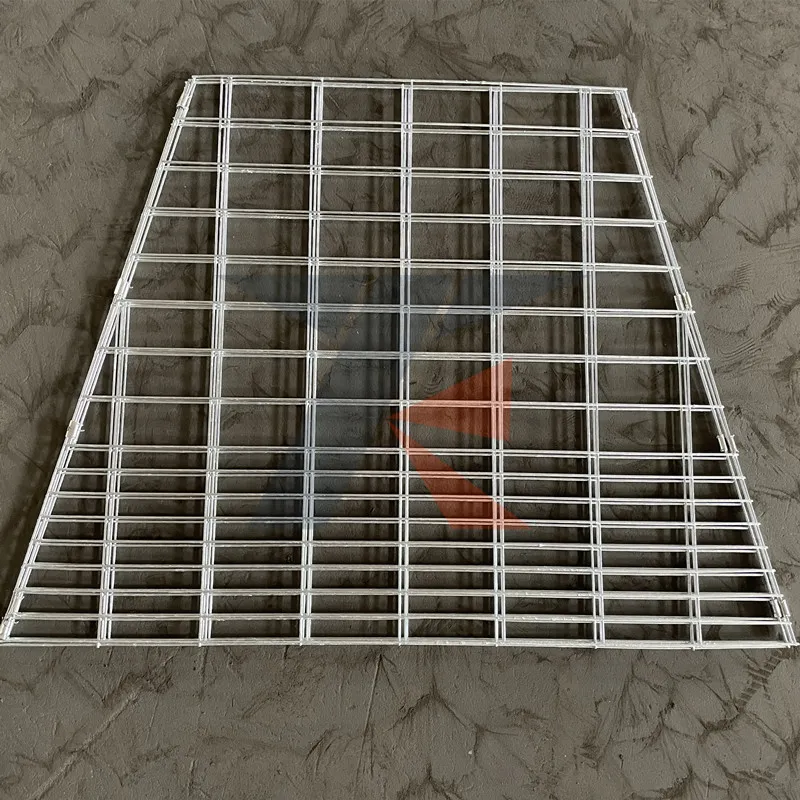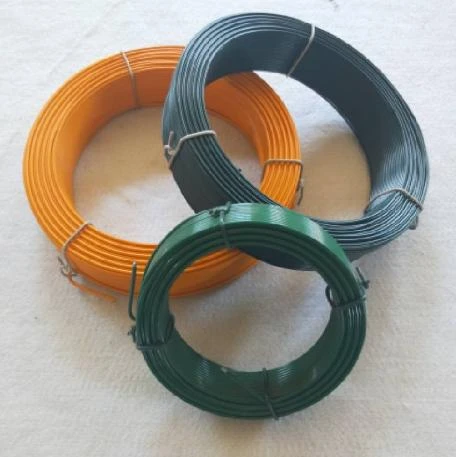Exploring the multifaceted world of link fences offers a profound understanding of their numerous applications and enduring practicality. A staple in securing residential and commercial properties, link fences have transcended their traditional role, adapting to diverse needs while maintaining their core function—protection.

Link fences, comprising interwoven metal strands, create a robust barrier that serves myriad purposes. This adaptability is supported by their construction, utilizing galvanized steel or aluminum, materials renowned for their strength and resistance to corrosion. Whether used for enclosing a backyard, delineating a sports field, or safeguarding industrial sites, link fences offer a cost-effective solution that balances security and aesthetic appeal.
Installation of link fences is notable for its simplicity and efficiency, appealing to both DIY enthusiasts and professional installers. The process requires setting up posts at regular intervals, ensuring they are securely anchored in the ground. From there, the chain-link mesh is stretched between the posts, attached,
and tensioned. This straightforward method enables quick installation over large areas, making link fences a preferred option for expansive properties.

The durability of link fences is a crucial factor in their widespread acceptance. Unlike wooden fences that are susceptible to rot or vinyl alternatives that can crack, link fences boast longevity due to their rust-resistant coatings. Moreover, they require minimal maintenance; periodic inspection and occasional cleaning suffice to keep them in optimal condition.
Beyond their physical characteristics, link fences offer unparalleled versatility in design and functionality. They can be customized with privacy slats or windscreens to enhance privacy and tranquility, creating a buffer from prying eyes or prevailing winds. Furthermore, the color-coated options cater to aesthetic preferences, allowing property owners to harmonize their fencing with the surrounding environment.
link fence
Moreover, link fences contribute to security without obstructing visibility, a critical factor in applications such as schools, parks, and sports facilities. This transparency enables surveillance, enhancing the safety of those within while deterring potential intruders. In residential settings, the ability to see beyond the barrier ensures a sense of openness and connection to the neighborhood without compromise.
In terms of expertise, professionals in the fencing industry should possess a comprehensive understanding of local regulations and the specific requirements of different applications. For instance, variations in height, wire gauge, and mesh diameter can affect a link fence's suitability for specific uses, such as animal containment or boundary demarcation. Expertise in selecting the right components and implementing industry best practices ensures the effectiveness and longevity of the installation.
The environmental considerations associated with link fences further augment their appeal. Many manufacturers now offer eco-friendly options, produced from recycled materials and designed with sustainability in mind. These green choices do not compromise on quality, giving environmentally conscious consumers peace of mind.
Trust in link fences' reliability is reinforced by decades of proven performance in diverse conditions globally. This trust is not merely anecdotal; it is supported by extensive research and testing in materials technology and structural engineering. As a standard bearer for fencing solutions, link fences stand as a testament to pragmatic design and enduring usefulness.
When incorporating link fences into any project, understanding their multifaceted benefits and potential applications is paramount. Their blend of strength, versatility, and low maintenance makes them an indispensable component in modern property management. Whether for enhancing security, ensuring safety, or providing privacy, link fences deliver tangible benefits grounded in authentic expertise, authoritative design, and a history of trustworthiness.
























